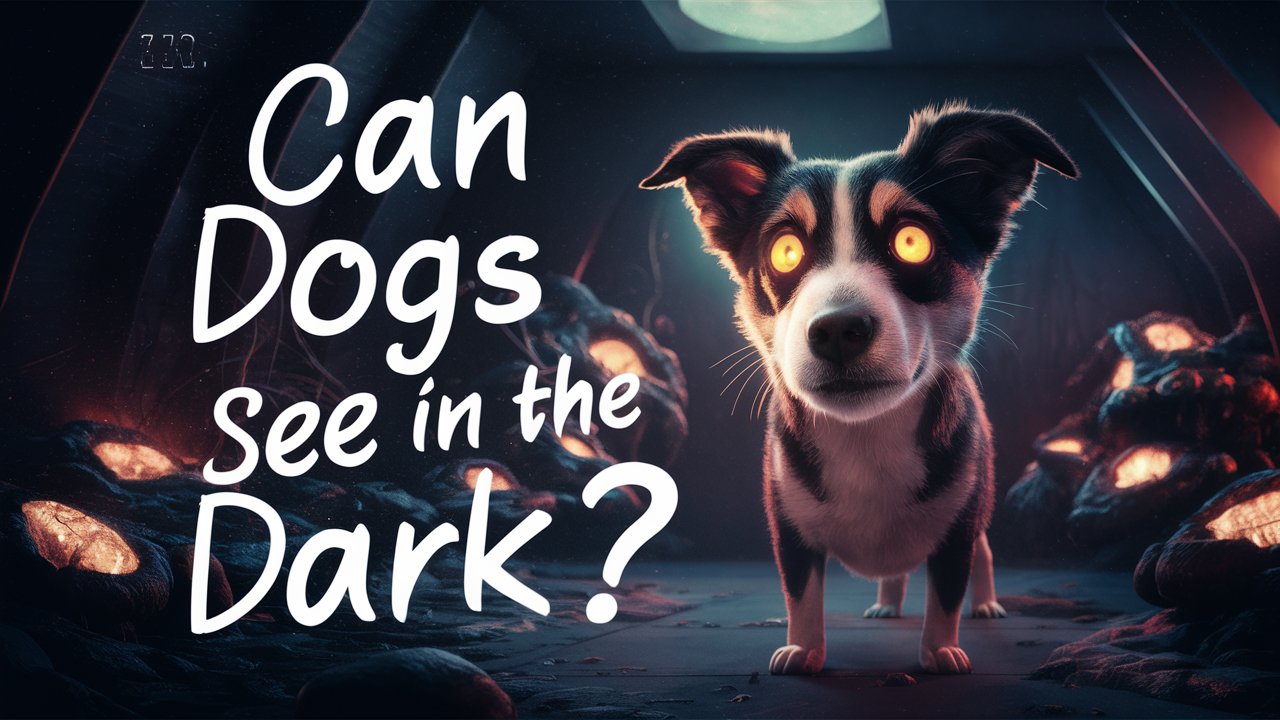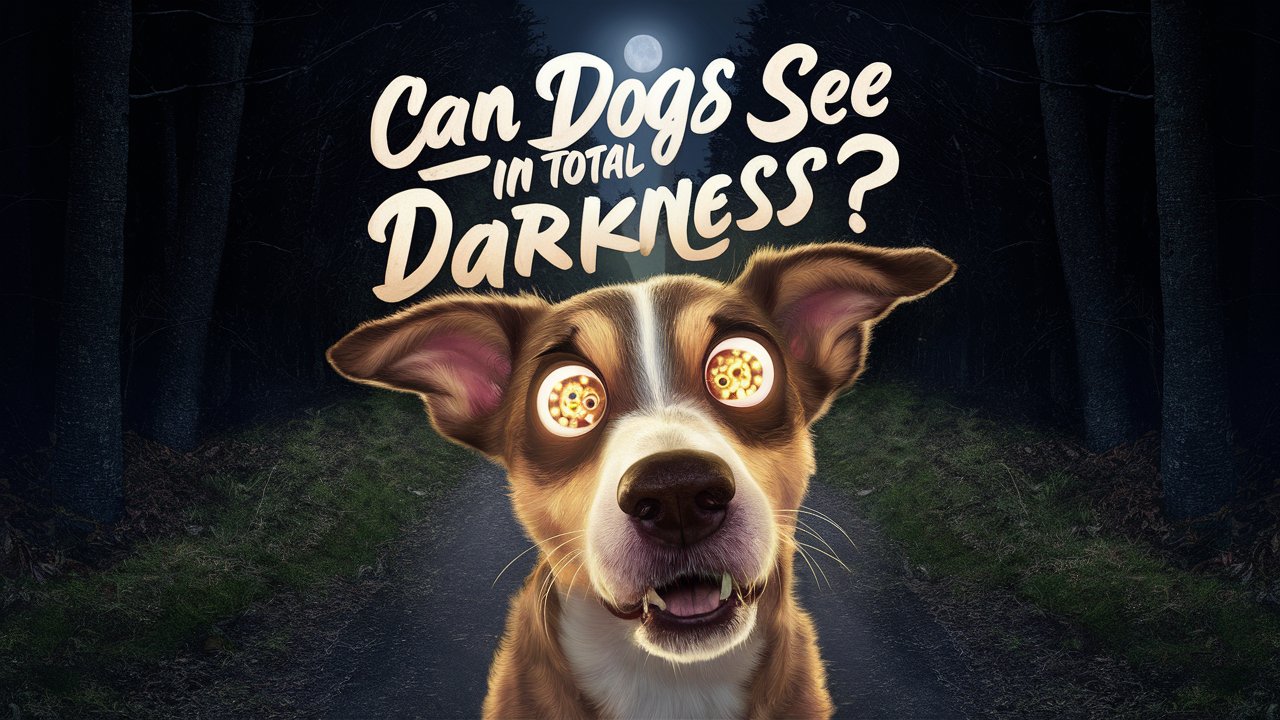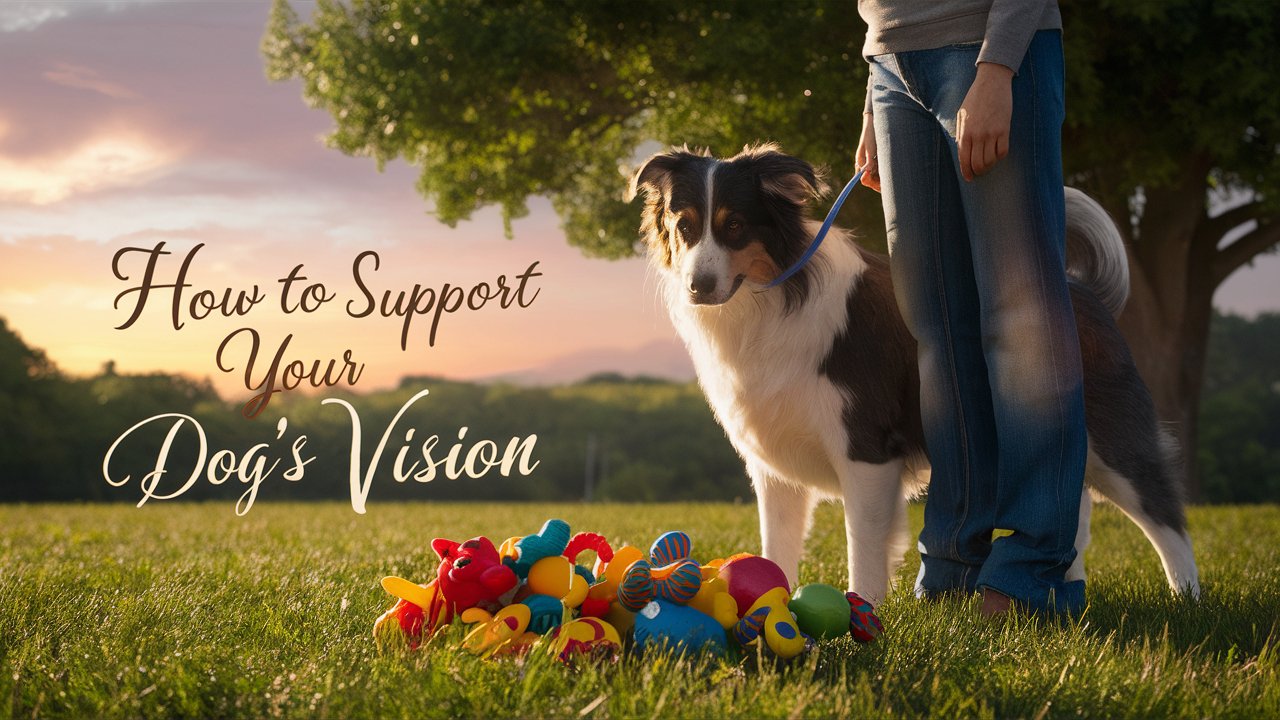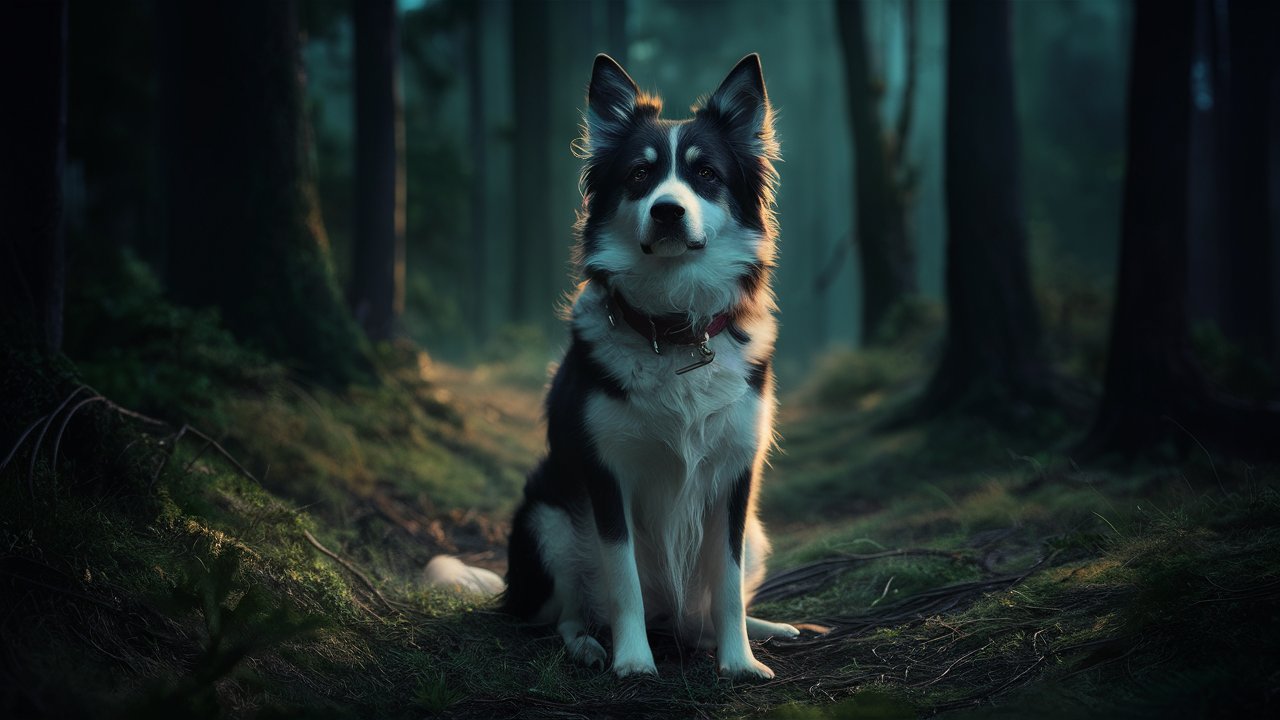
Can Dogs See in the Dark?
Yes, dogs can see in the dark, but their vision is not the same as humans. The key difference lies in the structure of their eyes and how they process light. Dogs have more rod cells in their eyes than humans do. Rod cells are responsible for detecting light and movement, especially in low-light conditions. This means that while humans might struggle to see in dim lighting, dogs are more adept at navigating in the dark.
How Do Dogs’ Eyes Work?
To understand how dogs can see in the dark, it’s essential to know a bit about the structure of their eyes. The canine eye is similar to the human eye in many ways, but there are significant differences that give dogs an edge in low-light situations. Dogs’ eyes contain a structure called the tapetum lucidum, which is not present in human eyes. This reflective layer enhances their ability to see in dim light by bouncing light that passes through the retina back into the eyes, giving them a second chance to detect it.
The Role of Rods and Cones in Dog Vision
Why Dogs See Better in Low Light
The abundance of rod cells in dogs’ eyes is one reason they see better in low light than humans. The tapetum lucidum further enhances this ability, making their eyes more sensitive to light. This sensitivity allows dogs to detect movement and navigate in conditions where humans would be almost blind. However, this doesn’t mean dogs can see in complete darkness. Some light is still necessary for their vision to function.

Can Dogs See in Total Darkness?
No, dogs cannot see in total darkness. While they have superior night vision compared to humans, they still need some level of ambient light to see. The tapetum lucidum and rod cells help them maximize whatever light is available, but in the absence of any light, even dogs will struggle to see.
The Science Behind Dog Vision
The process of vision in dogs involves the detection of light by the photoreceptor cells (rods and cones), which then send signals to the brain. The brain interprets these signals, allowing the dog to perceive its surroundings. In low-light conditions, the tapetum lucidum plays a crucial role by reflecting light through the retina, effectively giving the photoreceptor cells a second chance to detect the light and send signals to the brain.
Do Different Breeds See Differently in the Dark?
Yes, different breeds may have variations in their night vision. Breeds that were historically bred for hunting or working in low-light conditions tend to have better night vision. For example, breeds like the Siberian Husky or the German Shepherd, which have been used for activities like night patrol or sledding in low-light environments, may have superior night vision compared to toy breeds like the Chihuahua.
Comparing Dog Vision to Other Animals
When compared to other animals, dogs’ night vision is quite impressive but not the best. Cats, for instance, have even better night vision due to their larger tapetum lucidum and more rod cells. However, dogs’ night vision is still much better than humans’. Unlike nocturnal animals like owls, dogs are not strictly nocturnal, which means their vision is adapted for both day and night conditions.
Signs Your Dog May Be Having Vision Problems
As dogs age, their vision can deteriorate, including their ability to see in low light. Some common signs of vision problems include bumping into objects, reluctance to go out at night, and difficulty catching treats or toys. If you notice any of these signs, it might be time to consult a veterinarian to assess your dog’s vision.

How to Support Your Dog’s Vision
Maintaining your dog’s eye health is essential for preserving their night vision. Regular vet check-ups, a balanced diet rich in vitamins A and E, and supplements like omega-3 fatty acids can help support eye health. Additionally, keeping your dog’s environment safe and free from hazards can prevent injuries that might impair their vision.
Myths and Facts About Dog Vision
There are many myths surrounding dog vision, such as the idea that dogs see only in black and white. In reality, dogs can see some colors, primarily shades of blue and yellow. Another common myth is that dogs can see perfectly in complete darkness, which, as we’ve discussed, is not true. However, dogs do have superior night vision compared to humans.
Practical Tips for Dog Owners
To help your dog navigate in low-light environments, consider using night lights or glow-in-the-dark toys during evening playtime. If you take your dog for walks at night, use reflective gear to make them more visible. Also, be mindful of your dog’s body language; if they seem hesitant or nervous in the dark, offer reassurance and avoid forcing them into situations where they might feel unsafe.
Understanding Your Dog’s Behavior in the Dark
Dogs may act differently in the dark due to their heightened senses. They rely more on their sense of smell and hearing when their vision is limited, which can make them more alert or cautious. Understanding these behaviors can help you create a more comfortable environment for your dog during nighttime.

Final Thoughts: Can Dogs See in the Dark?
In summary, dogs have impressive night vision, thanks to the unique structure of their eyes and the presence of the tapetum lucidum. While they can’t see in complete darkness, their ability to navigate in low light is far superior to that of humans. By understanding how dogs see the world, you can better care for their vision and ensure they remain happy and healthy.
FAQS: Can Dogs See in the Dark?
Can dogs see at night?
Yes, dogs can see at night, but their vision isn’t like ours. Dogs have a special layer in their eyes called the tapetum lucidum, which helps them see better in low light. This means they can navigate and see things in dim lighting much better than humans can. However, they still need some light to see; they can’t see in complete darkness.
Can dogs see in the dark like cats?
Dogs can see in the dark, but not as well as cats. Cats have even more specialized eyes for night vision, which is why they are such good hunters in the dark. While dogs have good night vision, cats are better at seeing in very low light due to their larger tapetum lucidum and more rod cells in their eyes.
Are dogs afraid of the dark?
Most dogs aren’t afraid of the dark itself, but they can be nervous if they are in an unfamiliar environment where they can’t see well. If a dog has had a negative experience in the dark, like getting lost or startled, it might become anxious in low-light situations. Generally, dogs rely on their other senses like smell and hearing when it’s dark, which helps them feel secure.
Do dogs cry in the dark?
Dogs don’t cry because it’s dark, but they might whine, bark, or cry if they feel scared, lonely, or anxious at night. If a dog is uncomfortable in the dark, it could be due to separation anxiety, fear, or simply wanting attention. Providing a comforting environment and some light can help soothe them.
Do dogs need a light on at night?

I’m Haseem Ali, a passionate writer focused on dog diet, health, training, lifestyle, and care. I’m dedicated to sharing expert advice and practical tips to help fellow dog owners provide the best for their furry friends. When I’m not writing, I enjoy spending time with my own dogs and exploring new pet-friendly activities.
